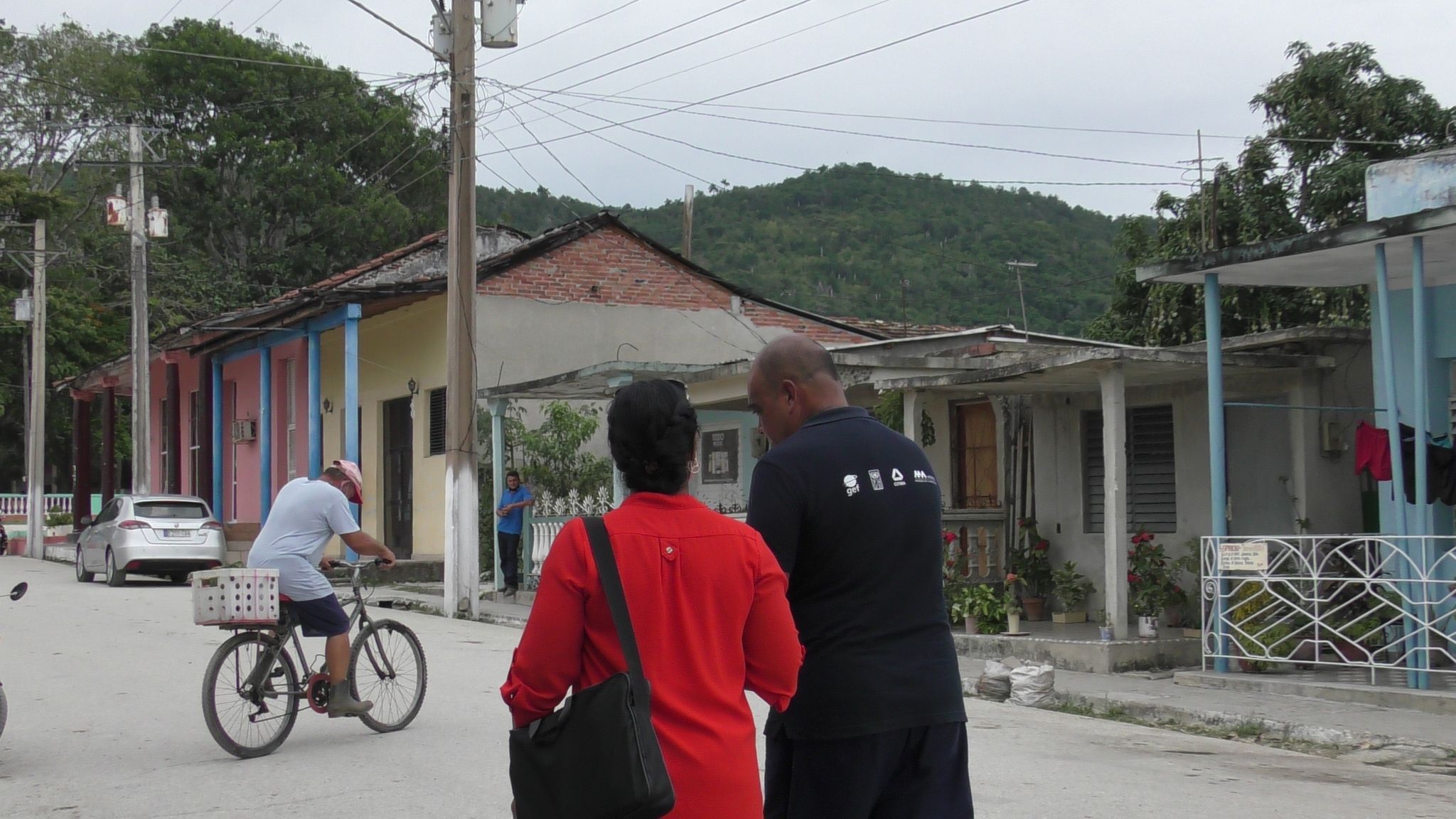
Demographic dynamics is transversal to all programs aimed at the progress of the nation; therefore, it must be evaluated at different levels and considered when outlining territorial development strategies, Doctor of Science Iliana Benítez Jiménez, researcher at the Center for Demographic Studies (CEDEM) of the University of Havana, said in the province of Ciego de Ávila.
When exchanging with authorities of the Party, Government, institutions and organizations of the province, CEDEM specialists stressed that local governments have the responsibility to consider the behavior of demographic dynamics during the definition of territorial development strategies.
Benítez Jiménez, also coordinator of the Demographic Observatories in the country, highlighted as work priorities: the stimulation of fertility to approach population replacement in a mediate perspective and attention to the growing needs of people aged 60 and over, as well as promoting their incorporation into political, economic and social activities.

Attention to the causes of internal and external migration, a phenomenon that marks the demographic dynamics in the country and has a negative impact on the implementation of local and national development strategies, is added to this, she said.
Dr. Rafael Araujo González, professor-researcher at CEDEM, referring to the problem with fertility, pointed out that in 2021 the territory of Ciego de Ávila "lost" 4,601 inhabitants, the majority (3,601) due to the decrease in natural growth due to due to low fertility levels.
He emphasized that it is necessary to reassess the problems with fertility and mortality, care for mothers with three or more children, and the quality of care in medical institutions, since "we must fight for a greater number of births," which also requires an inter-institutional view, because it is not an exclusive matter of Public Health.

In relation to aging, they expressed that it represents a challenge and cannot be treated only as a problem, taking into account that it is inherent to the entire nation, although in some territories it manifests itself to a greater degree and for provinces such as Villa Clara and Havana, with the higher figures, constitute a greater challenge, he said.
In this context, it is proposed to stimulate labor incorporation, which requires creating facilities in different areas and promoting remote work so that they can return to their activities, considering the potential to contribute, especially in positions that require more intellectual than physical effort, he added.
This reintegration also ensures the transfer of basic experiences and knowledge to the new generations, he added.

To meet this objective, a comprehensive assessment is required, so that the elderly do not receive only care from the Public Health System and have treatment from other institutions such as Education, Culture and the National Institute of Sports, Physical Culture and Recreation. , just to cite a few examples.
By insisting on comprehensiveness in the treatment of this matter, Araujo González expressed that "a geriatric look should not be given, but a gerontological one."
With the diversification of non-state forms of management, the possibilities to reactivate the elderly are expanded and the incorporation into employment of the greatest possible number of people, fundamentally young people, is guaranteed, he stressed.

Regarding internal and external migrations, Benítez Jiménez explained that the causes that cause these phenomena are evaluated, with the purpose of making decisions that allow reducing flows, mitigating depopulation in rural areas and drawing up policies that facilitate the participation of Cuban residents abroad in the country's socioeconomic development processes.
In the case of departures abroad, with an upward trend in recent years, it is planned to give a look at migratory circularity as it happens in the world, so that people travel and can return to become promoters of economic development in the different sectors, especially since it has been shown that a considerable percentage of these individuals have a high cultural level, he argued.
